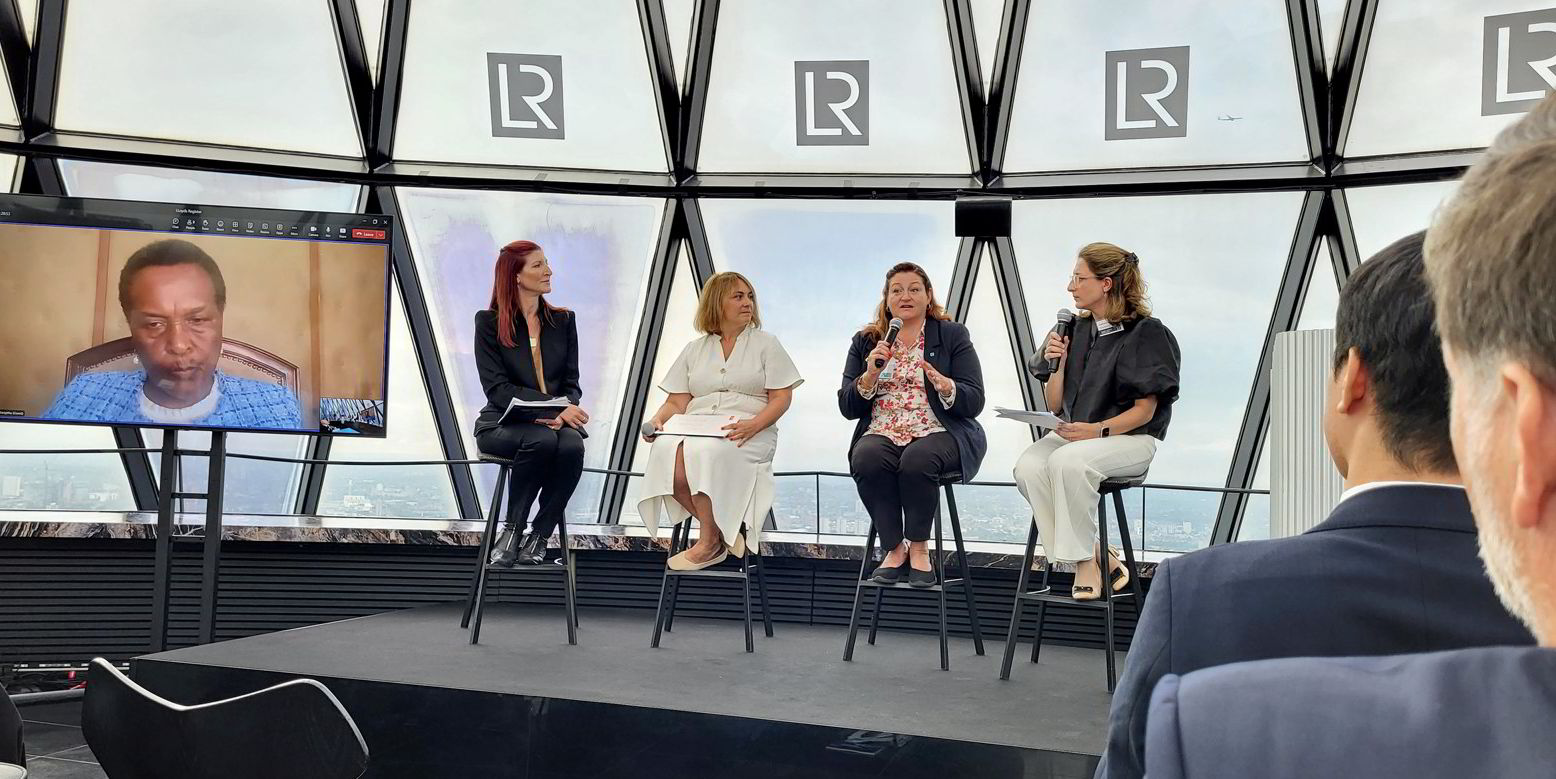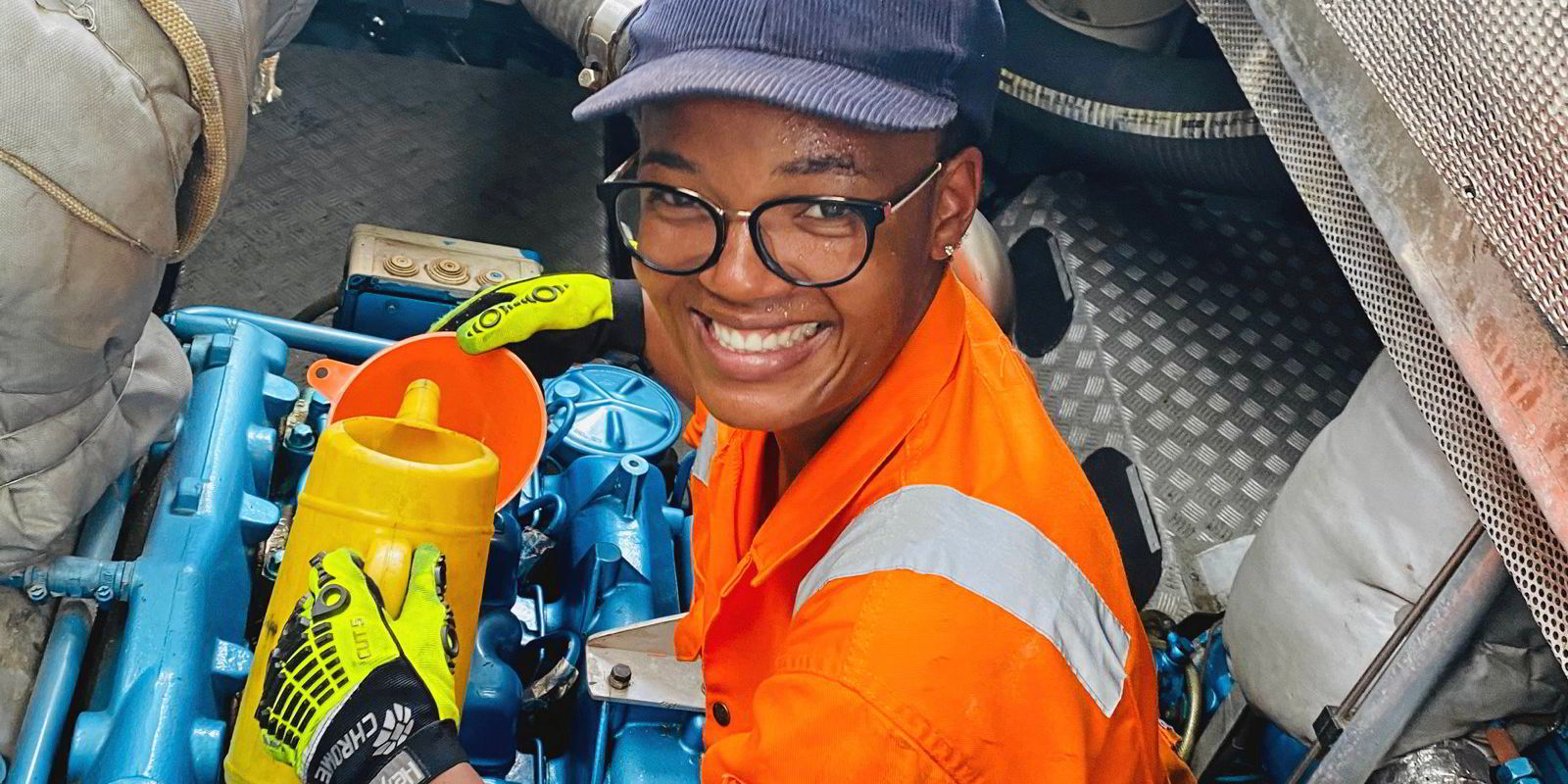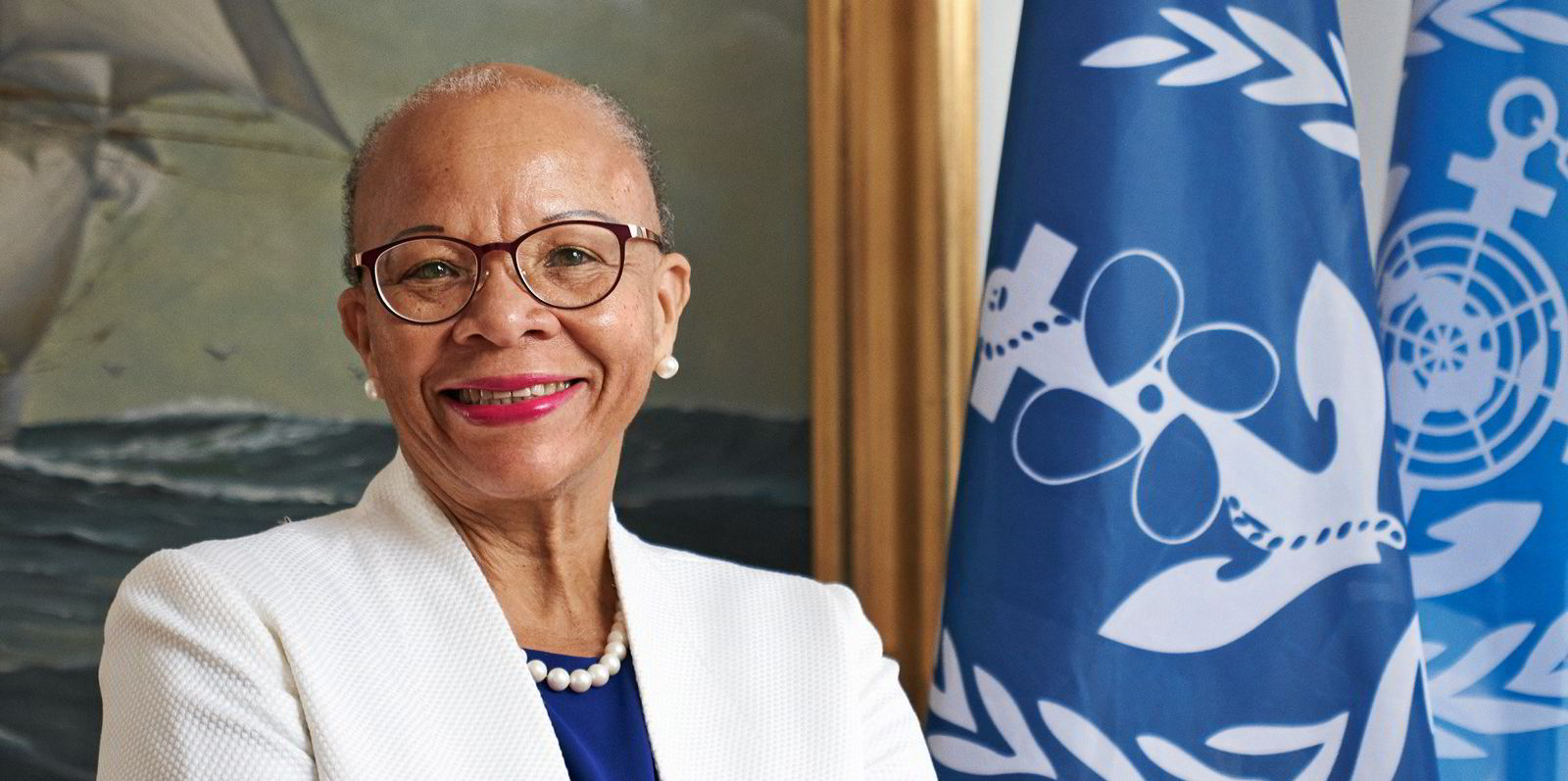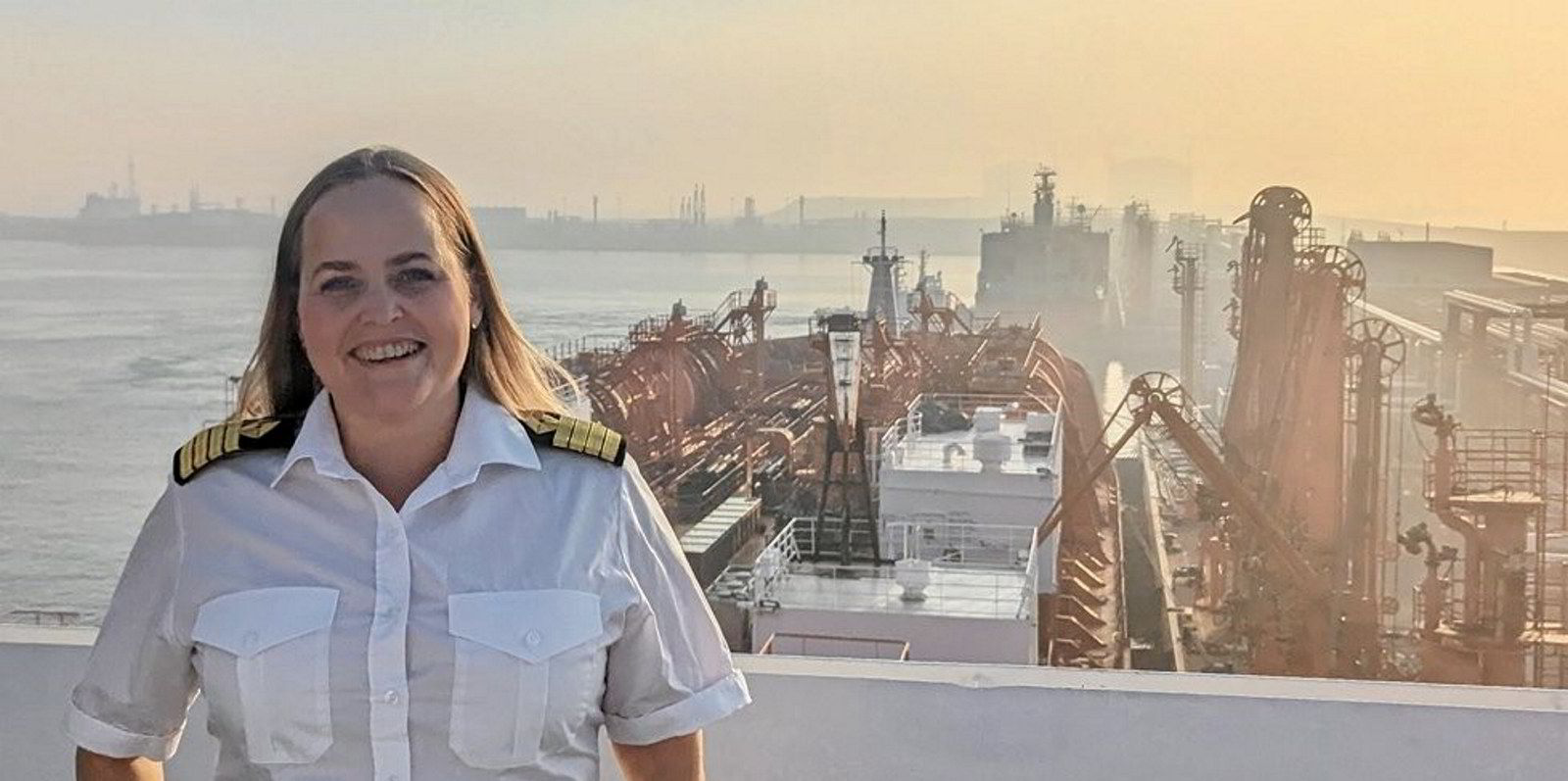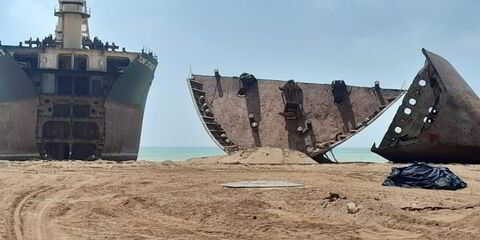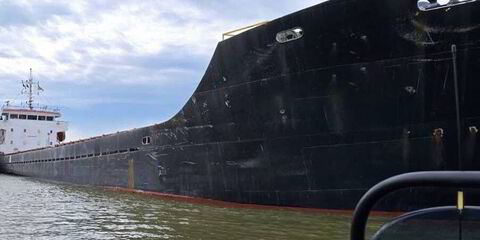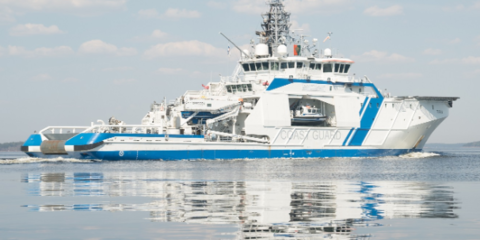Female seafarers are still being subjected to harassment and bullying in prevailing male-dominated cultures onboard vessels, according to two experienced women mariners.
In a panel moderated by Economist Impact principal head of benchmarking Katherine Stewart as Lloyd’s Register and Lloyd’s Register Foundation put out their Global Maritime Trends 2050 report, Carnival Corp director of maritime standards Captain Louise Sara said there is a “male-dominated culture” onboard ships.
She said there is still a harassment and bullying issue and it can be “quite intimidating” being the only woman on a bridge or engine-room team.
“I think it is difficult to attract women into the industry,” she said.
LR global technical director Claudene Sharp Patel addressed the question of what are the blockages to women working onboard ships in the industry.
“It’s about mental health and wellness on being onboard ship,” she said.
Sharp Patel said that a seafarer is typically one of just 25 on a vessel, which she said is “difficult for most men”.
But as a woman in this environment, if they have no networks and nobody else to talk to it becomes very difficult psychologically as well as physically.
She said women may have no role model that they can see.
‘What if’ scenarios
Sharp Patel said it will take more advocacy within the industry, from governments and the International Maritime Organization to work together on this.
The LR report plays with several “what if” scenarios including that a goal of having women make up 25% of the seafaring workforce is reached by 2050.
Sara said this is going to be “difficult to achieve”. She said the industry would need to recruit 40% to 60% into the lower ranks just to maintain that 25% into the future.
Sara took issue with one of the scenario plays in the report, which said the wider uptake of advanced automation technologies in the future reduced the number of physical tasks required on board, gradually undoing the culture of masculinity associated with seafaring jobs.
She said women working at sea manage to circumvent those physical tasks, make them work and do the job.
The panel — on which Ambassador Nancy Karigithu, who is blue economy advisor to the executive office of the President of Kenya and maritime and blue economy special envoy and Drewry Maritime Advisors deputy director Leticia Astudillo — also participated and discussed other scenarios presented in the report.
Three takeaways
These included the emergence of green hydrogen, the future of ports, the need for digital skills and a move to regionalisation of trades.
All four women panellists were asked how they came into the sector.
While Sharp Patel, Sara and Astudillo did have seafaring backgrounds in their families, Karigithu grew up in rural Kenya and said her interest was sparked by the gift of a sea shell and later moving 750 km to study on the coast before working in the port authority and then maritime law.
Giving her three takeaways from the panel session, Stewart said it will be important to upskill and reskill a diverse group of talent. She said there is also a need for more cooperation and collaboration.
“And there are a lot of really interesting women working in the maritime sector,” she said.(Copyright)
